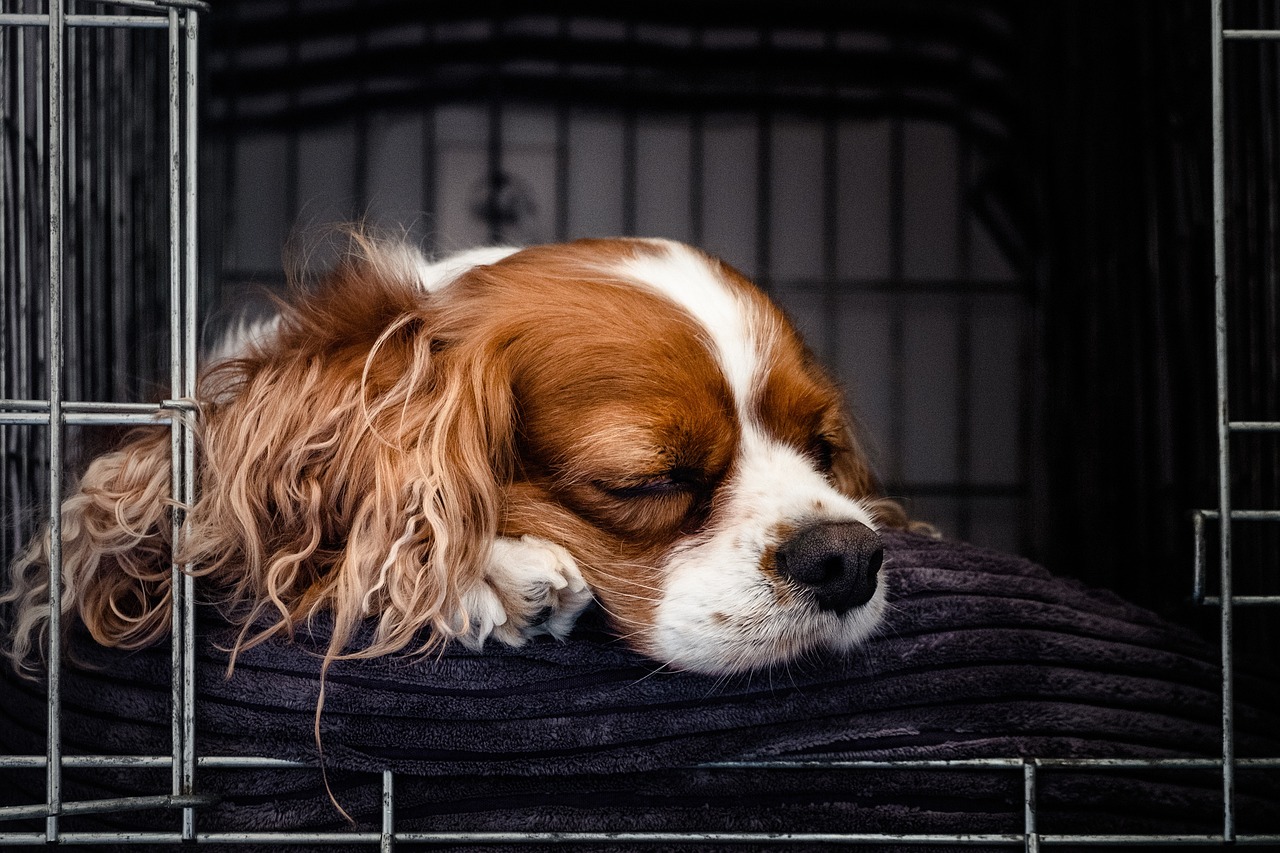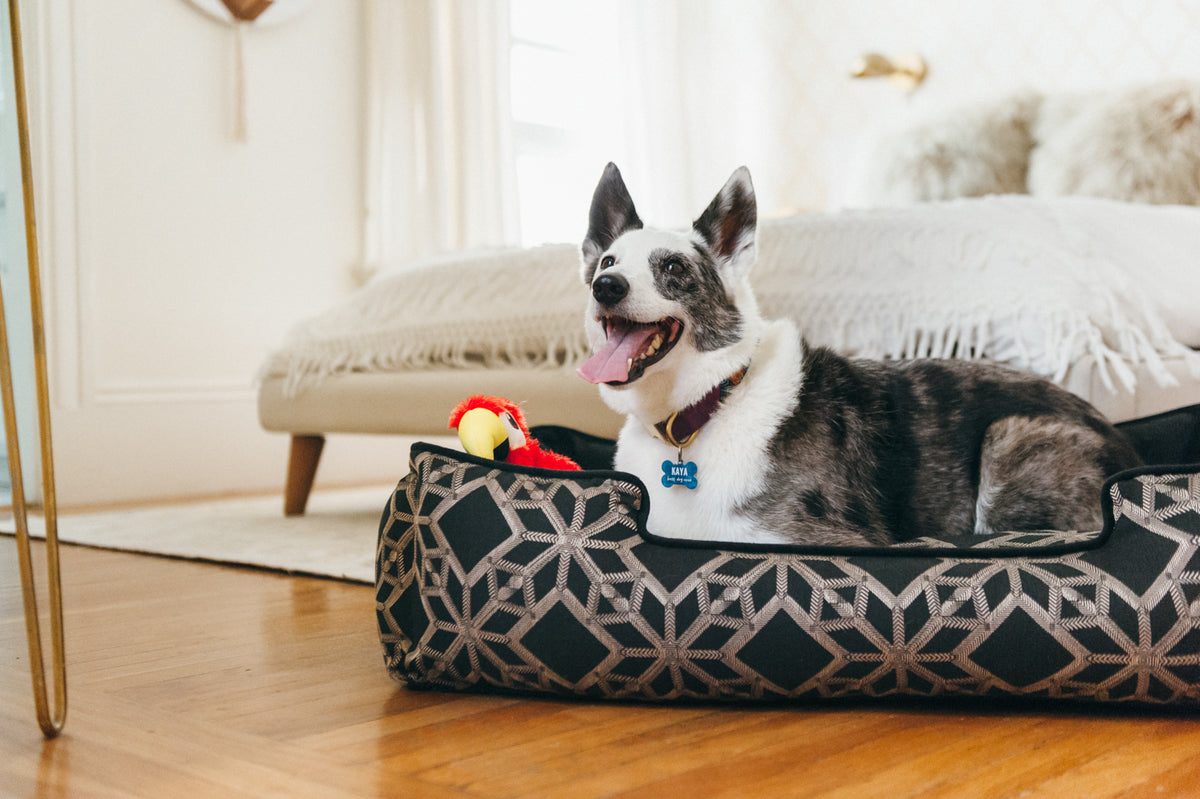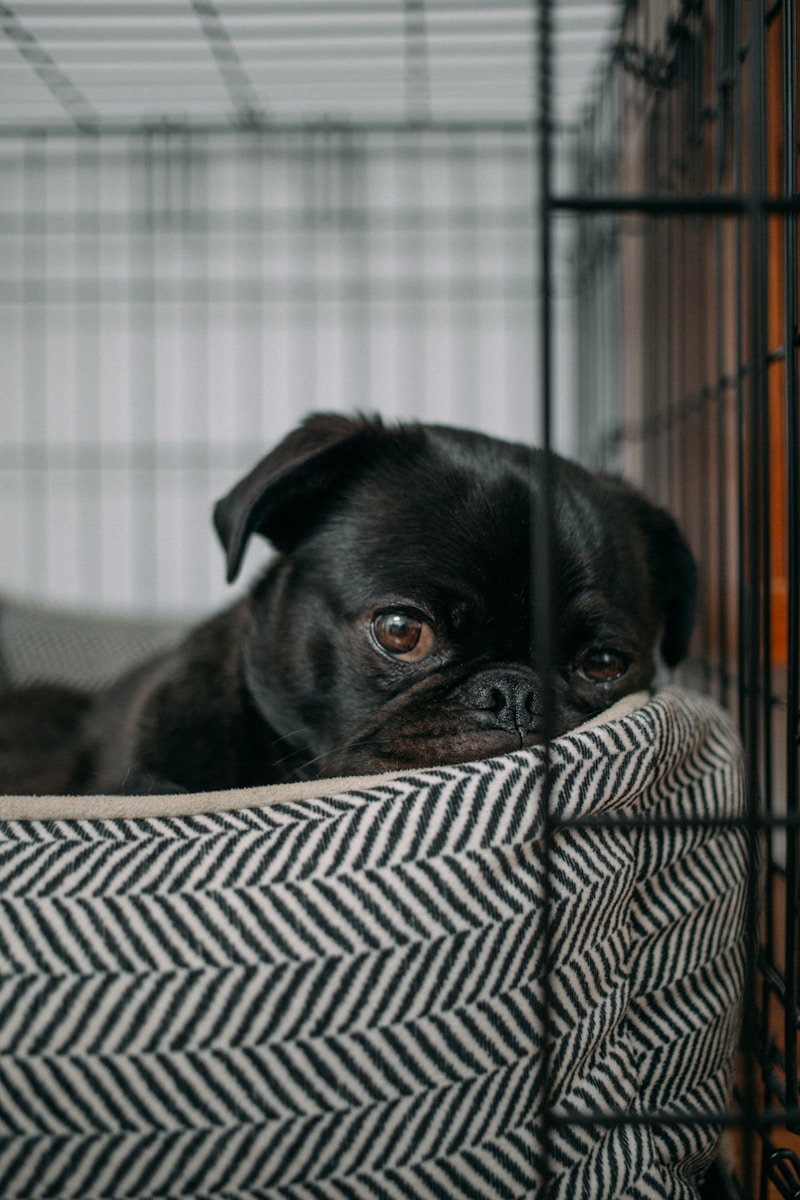Be prepared
Check out the post Recovering from Surgery? 8 Tips to Make Crate Rest Bearable to make your dog’s recovery smoother. Crate rest is vital, and ensures your dog heals without any complications. But it can be tough for both you and your furry friend.
Preparation is the key to a successful period of crate rest. If your dog isn’t already used to spending time in a crate, gradually introduce the space as a positive, safe area. Leading up to the surgery, have your dog spend increasing amounts of time in the crate, even overnight if possible. This familiarization helps mitigate stress and resistance when the crate becomes a non-negotiable space during recovery.
A lack of preparation could result in a stressful time for all involved, as your dog might respond poorly to the sudden change.
“Preparation is the key to a successful period of crate rest.” -Author’s note.
Start by making the crate inviting. A soft bed, familiar toys, and a cozy blanket can make all the difference. If your dog isn’t familiar with the crate, it’s wise to introduce it slowly. Put treats inside, and let them explore at their own pace. Patience here can save you a lot of headaches later.
And remember, preparation isn’t just about your dog getting to know the crate. It’s about setting up a routine, too. Feed them in the crate a few days before surgery. Get them to associate the crate with positive experiences.
Crate time shouldn’t feel like punishment. It’s essential to your dog’s health. The more comfortable and familiar they are with the setup, the better their recovery will be. Trust me, a little effort now pays off big later!
For more in-depth tips on helping your dog through crate rest, revisit the detailed blog post on Recovering from Surgery? 8 Tips to Make Crate Rest Bearable.

Use interactive toys
Interactive toys, particularly those that dispense treats, are super helpful during crate rest. These toys can keep your dog busy and entertained for long periods with minimal movement. Products like Kongs or Toppls are great because they can hold different types of food, whether your dog prefers dry kibble, canned food, or even homemade snacks. The challenge of getting the food out of these toys keeps your dog’s mind engaged and helps them pass the time.
Dogs love a challenge, especially when there’s a tasty reward at the end. That’s why interactive toys that reward your dog with treats as they play are a fantastic choice. They provide a mental workout without too much physical activity, which is perfect during recovery.
If your dog is quick to empty out their toy, try freezing the food-filled Kong or Toppl beforehand. This makes them work a bit harder and keeps them occupied longer. Plus, the cool sensation can be soothing, especially for dogs on medication that might leave them feeling warm or uncomfortable.
Interactive toys aren’t just fun for your dog, but they can relieve your stress, too. Knowing your furry friend is happy and entertained makes the recovery period easier for both of you. After all, a busy dog is less likely to be a bored and restless dog.
| Benefits of Interactive Toys | Examples |
|
|

Create a cozy environment
Creating a cozy environment inside the crate is vital for your dog’s comfort during recovery. Imagine being stuck in a small space, and the least we can do is make that space as pleasant as possible. Start with a soft bed. Choose something plush that fits the crate well and gives ample cushioning. If your dog has any favorite blankets or cushions, include those too. Familiar scents can be comforting when everything else feels strange and different.
Don’t forget to maintain the temperature. A crate too hot or cold can make your dog miserable. Position the crate in a temperature-controlled room, away from vents and direct sunlight. If it’s chilly, a small blanket can be added for extra warmth.
Lighting is another aspect to consider. Dogs usually feel more secure with dim lights, simulating a den-like environment. During the day, natural light should be enough. However, for the night, a comforting night light can be perfect. But avoid anything too bright that might disrupt their sleep.
Noise levels in the surroundings also play a significant role in the overall coziness. A quiet room can help keep your dog calm. If the environment is noisy, consider some white noise. A fan or a white noise machine can drown out unsettling sounds, providing a consistent background noise that helps your dog relax.
Finally, take into account the location of the crate within your home. Place it where your dog can see you and feel part of the family activities but without being overly stimulated by too much hustle and bustle. The balance here is to make them feel secure yet not isolated.
A cozy environment goes a long way in making crate rest more tolerable. With these small adjustments, your pup might even start seeing their crate as a personal sanctuary rather than a prison.
For more detailed advice and additional tips on managing crate rest, read the full post at Recovering from Surgery? 8 Tips to Make Crate Rest Bearable.

